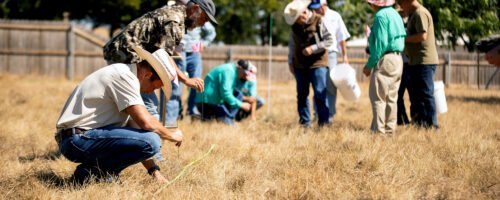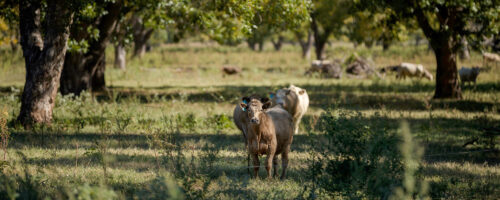Discover the Power of Observation: A Guide to Tracking and Enhancing Your Regenerative Ranching Transition
In ranching, where every decision can tip the scales of ecosystem health, the power of observation cannot be overstated.
Observation is the cornerstone of a regenerative mindset on a ranch. Because it marries immediate responsiveness with monitoring over time, it can help you adapt effectively to your environment’s ever-changing dynamics.
Noble Research Institute regenerative ranching advisor Caitlin Word says the ability to observe and record land and livestock changes is a powerful entry point for individuals new to regenerative ranching, who might find extensive data collection and scientific methodologies daunting.
“At its core, regenerative ranching revolves around enhancing soil health and ecosystem resilience. Observational skills are crucial because they offer immediate insights into the environment’s health,” Word says.
What one sees above ground – a lush grass cover or a patch of bare soil – reflects the complex interplay of biological processes occurring beneath the surface. Word, a seasoned regenerative ranching expert, emphasizes the importance of understanding these visual cues.
“Observing these signs provides direct feedback on our management practices and their effects on the land,” she says. “Everything you see above the ground tells you about what’s happening below it.”
Whether it’s plant health, soil conditions, or livestock behavior, each observation can inform decisions that lead to healthier, more productive land.
QUICK OBSERVATION TIPS FOR RANCHERS
- Start simple: Begin with simple, manageable tasks. Start with observing and recording what you’re comfortable with and expand as you learn.
- Aim for objectivity: Focus on comparing your current observations with your own past records. Subjectivity can cloud our vision and our results if we start comparing our land to neighboring farms or ranches.
- Build skills over time: Gradually increase the complexity of your observations by easing into more advanced data collection when you’re ready.
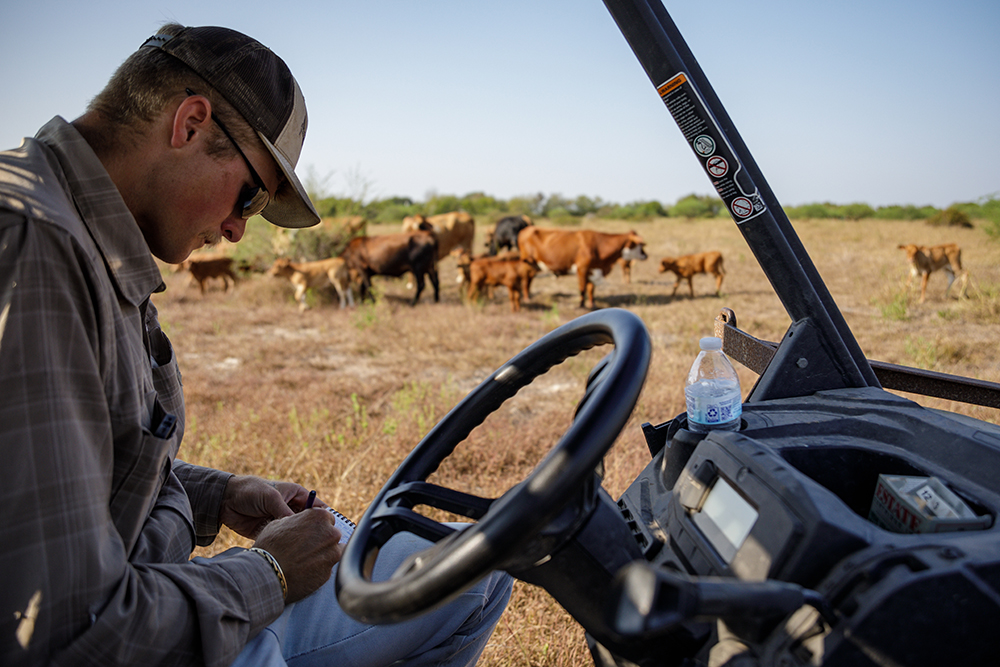
OBSERVATION TOOL #1: JOURNALING
One of the simplest yet most effective tools is journaling. Word explains that keeping a detailed record of daily observations can transform how you manage land.
“Journaling is as easy as noting that a particular plant appeared where it hadn’t before, or that livestock exhibited certain behaviors on a new pasture,” she says. “Many ranchers already keep detailed records, like entries in a little red book, such as noting that a cow was limping on her left front foot today. This method can also be applied to ecological observations.”
For instance, if you notice a new plant species or a wildflower that you can’t identify, it’s beneficial to document it and possibly research it later. Likewise, recording environmental changes like significant rainfall or signs of erosion can be compelling.
“Just as some ranchers record daily rainfall, why not extend this practice to include other ecological observations,” Word says. “This habit not only keeps a record of changes in your pasture, but it also boosts your awareness and understanding of the environment, helping you make more informed management decisions.”
These records build over time, creating a comprehensive picture of the ecological shifts and enabling you to track progress and identify issues early.
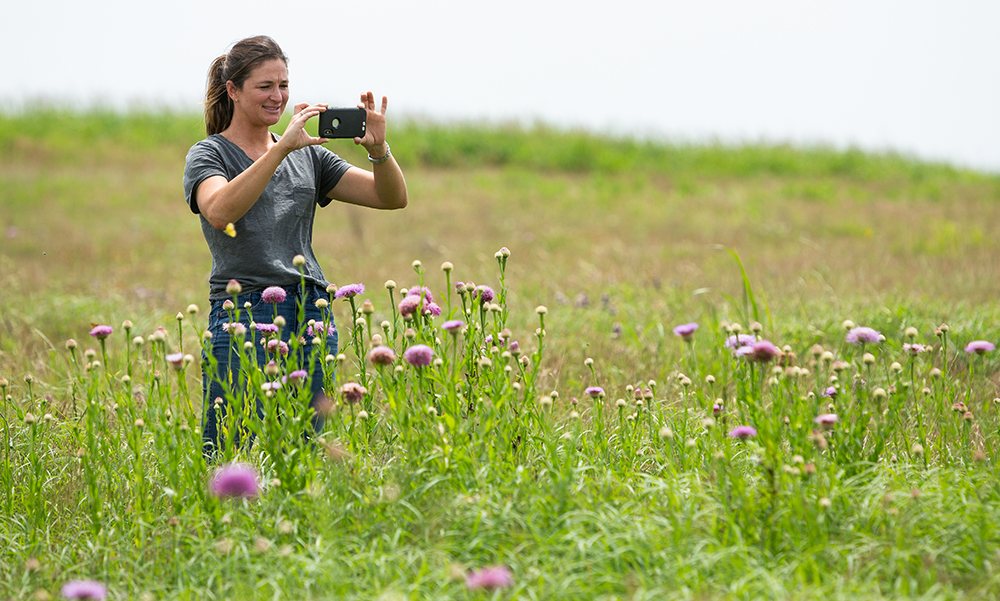
OBSERVATION TOOL #2: PHOTO DOCUMENTATION
Word says that along with written records, photo documentation stands out as a strategic observational tool.
“You see your pasture every day, and just like watching a child grow, the gradual changes might escape you,” she says.
By taking regular photos – preferably at the same time each year – you can make side-by-side comparisons to visually gauge changes in plant density, species diversity and land cover.
“To effectively monitor changes in your pasture, it’s important to select representative areas for photo documentation,” Word says.
If there are specific areas you are actively working to improve, document these as well.
“For example, if an area doesn’t look great right now, take a photo of it and aim to capture its improvement over the next year,” she says.
Word recommends setting up fixed points in your pasture for yearly photos. These fixed points can be marked with something as simple as a brightly colored t-post or a distinctive natural feature like a rock. This method ensures consistency in the photos, making year-to-year comparisons meaningful and informative. (Read more about setting up monitoring sites.)
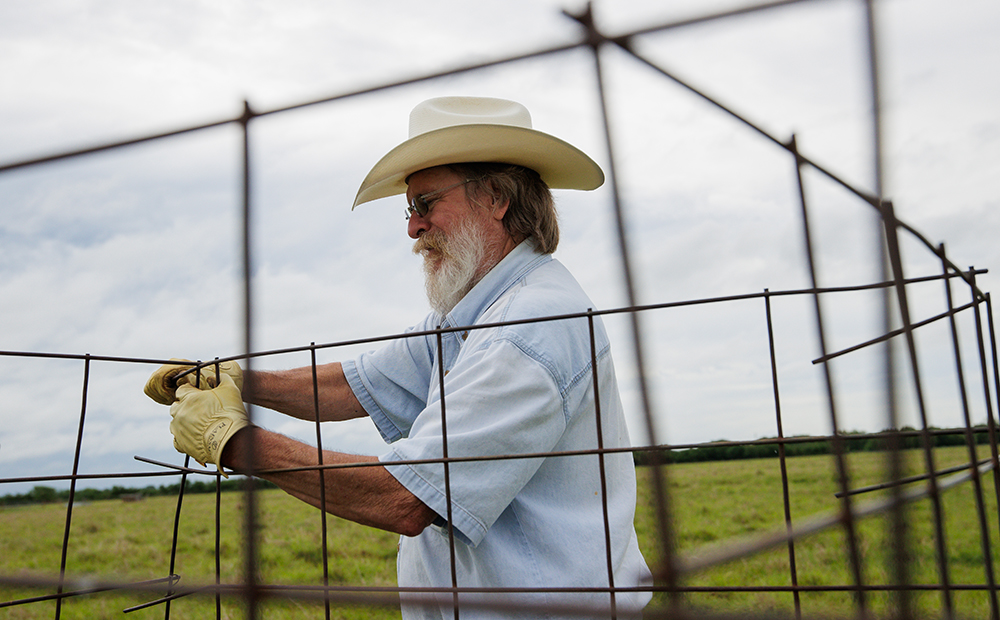
OBSERVATION TOOL #3: GRAZING EXCLOSURES
Another practical tool is the use of grazing exclosures. These are small areas fenced off to prevent grazing, thereby serving as control sites you can use to compare natural vegetation growth against grazed areas.
“It’s a direct way to see how grazing impacts your land,” Word says. “When you use grazing exclosures, they serve as a reference point for evaluating forage utilization. A designated reference point allows you to see how extensively the forage has been grazed down.”
Additionally, if certain plants are being selected preferentially, this can lead to overgrazing of those species and give other plants a chance to proliferate. Word says you can observe this phenomenon in your grazing exclosure.
“Plants once prevalent in the pasture might be found intact within the exclosure, indicating they were grazed out in the surrounding areas. This clearly indicates the plant community dynamics and the degree of forage utilization – essentially, how much forage was consumed or trampled by the livestock.”
By comparing exclosed areas with grazed ones, you can assess how your grazing strategies may affect plant diversity and soil health and then adjust your practices based on what you observe.
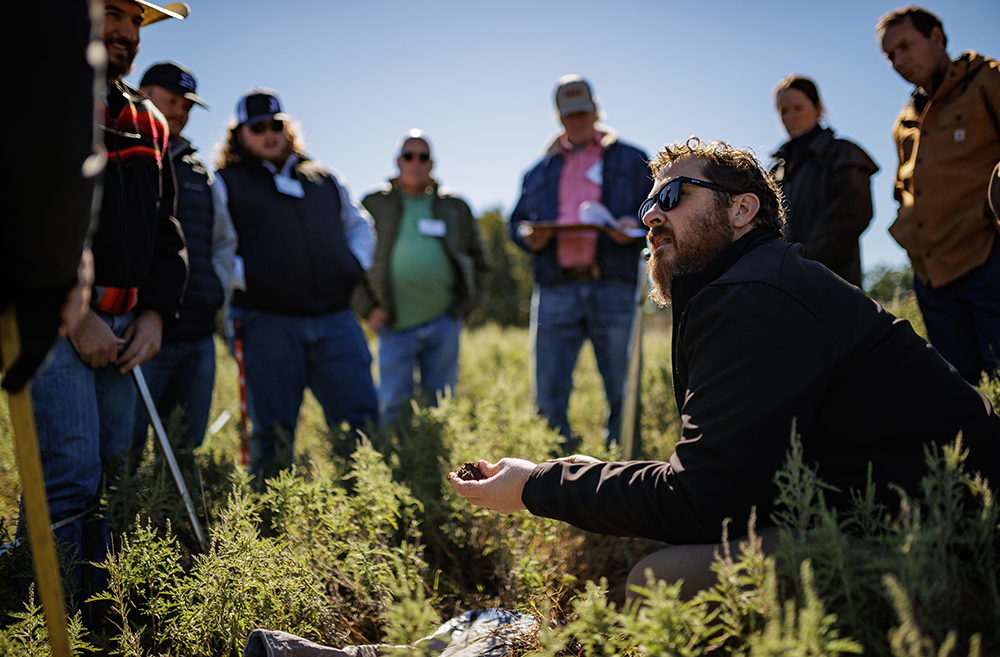
INTEGRATING OBSERVATIONS WITH SOIL HEALTH PRINCIPLES
Ultimately, the practice of observation ties back to the fundamental principles of soil health, which should always guide your regenerative ranching transition.
If you’re ready to dive deeper into regenerative ranching, resources like the Noble Land Essentials course offer extensive guidance about both observational and data-driven management practices.
As you grow more comfortable with basic observations, you can gradually incorporate more detailed data collection. Word says this adaptive approach is key to growing a regenerative mindset.
Word says that by starting with these simple observation tools, you can not only enhance your immediate understanding of your land but also lay the groundwork for more sophisticated environmental management.
“In doing so, you contribute to a more regenerative mindset, one observation at a time.”

